Magnesium Urine
(Specimen Container)
Sterile screw-cap container or Dialysate water
(Transport Temperature)
| Temperature | Period |
|---|---|
| Room temperature | 4 days |
| Refrigerated | 7 days |
| Frozen | 90 days |
Submit 10 mL of a well-mixed random collection. Adjust pH to <3.0 with 6N HCl prior to aliquoting for testing. Transport Room Temperature.
Magnesium, Urine with Creatinine – This test may be used to investigate causes of abnormal serum magnesium levels. It may also be used to assess risk for renal stone formation and to evaluate for magnesium deficiency or excess. Measurement of total serum magnesium is generally considered sufficient for most clinical scenarios. However, measurement of magnesium in urine can provide additional useful information in some settings [1].
Magnesium is a trace element primarily acquired through dietary intake. Magnesium is stored within bones and intracellularly, where it binds to adenosine triphosphate (ATP) and serves as a cofactor for many cellular processes. Its level in the serum is tightly regulated [2].
Magnesium deficiency is uncommon in the general population. In hospitalized patients, magnesium deficiency may be caused by gastrointestinal losses (diarrhea, malabsorption, nasogastric drainage, etc) and urinary losses (diuretics use, prolonged parenteral fluid therapy, diabetes-induced osmotic diuresis, etc). It is also seen in the setting of chronic alcohol exposure and in certain endocrine and congenital disorders [2].
Magnesium excess generally results from excessive intake of antacid medications, enemas, and magnesium-containing parenteral fluids. However, it may also be seen in pregnant women and their neonates following magnesium therapy for preeclampsia [2].
The kidneys filter and reabsorb magnesium from circulating plasma. Magnesium excretion in the urine inhibits the development of calcium-containing urinary stones. When urine magnesium levels are low, the urine may become supersaturated by calcium phosphate and calcium oxalate crystals, contributing to a risk of urinary stone formation [3].
Results from patients receiving magnesium infusion products should be interpreted with caution. Urine magnesium should be interpreted alongside serum magnesium. Serum hypomagnesemia paired with elevated urine magnesium suggests renal magnesium losses. Decreased urine magnesium in the setting of hypomagnesemia suggests insufficient intake and/or gastrointestinal losses. Test results should be interpreted in the context of pertinent clinical and family history and physical examination findings.
Magnesium, Random Urine:
22-130 mg/g creat (Adult)
Creatinine, Random Urine:
2 – 28 mg/dL (≤6 Months)
2 – 31 mg/dL (7 – 11 Months)
2 – 110 mg/dL (1 – 2 Years)
2 – 130 mg/dL (3 – 8 Years)
2 – 160 mg/dL (9 – 12 Years)
Male:
20 – 320 mg/dL (>12 Years)
Female:
20-275 mg/dL (>12 Years)

